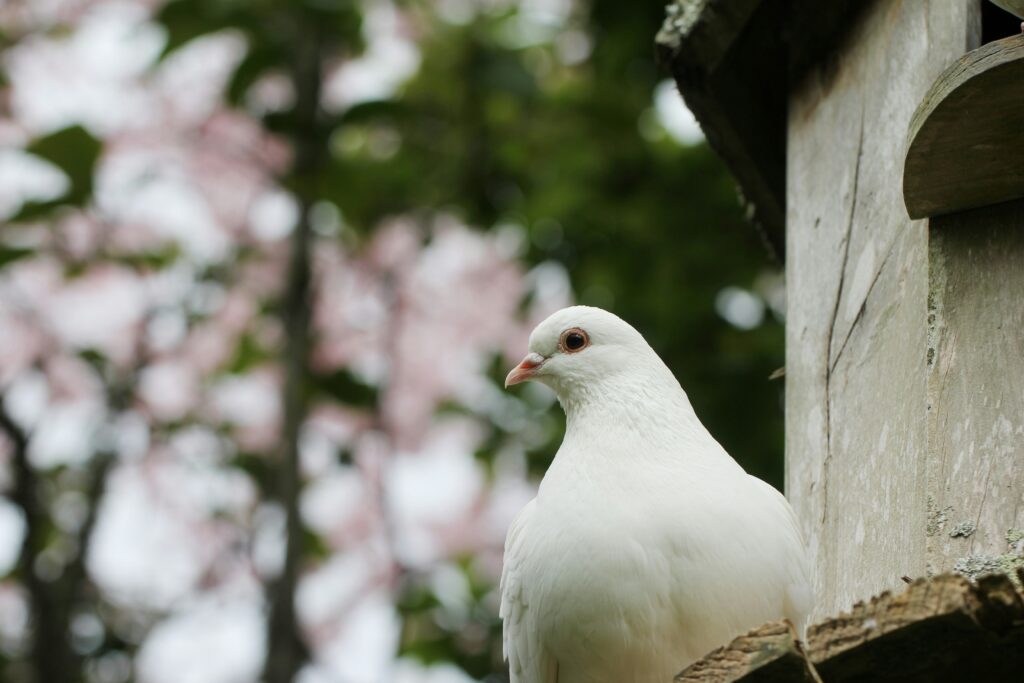Fooling Around: The Surprising History of April Fool’s Day
April Fool’s Day, celebrated on April 1st, is a day dedicated to pranks, hoaxes and light-hearted fun. This whimsical holiday brings out the mischievous side in people worldwide, but where did it originate, and how has it evolved through the years? Now, although April Fool’s Day has been observed for centuries, its true origins remain somewhat shrouded in mystery, leaving historians to speculate about its beginnings. Join us for a stroll through some of the theories, and enjoy a look at some of the most famous pranks of all time.
1. France: the original April fools?
One theory as to the origins of April Fool’s Day traces its roots back to 16th-century France. When the country switched from the Julian calendar to the Gregorian calendar in 1582, the new year was moved from the end of March to January 1st. However, not everyone was aware of this change and those who continued to celebrate the new year on April 1st became the targets of ridicule, earning the nickname “April fools.”
However, this theory faces challenges because a reference to April Fools’ Day appears in a 1561 poem by Flemish poet Eduard de Dene, which predates the calendar change. Additionally, April Fools’ Day was already an established tradition in Great Britain prior to January 1 being recognized as the beginning of the calendar year.
2. Ties to ancient festivals
Some have proposed that the timing of the April Fool’s Day may coincide with the vernal equinox (March 21), a period when people are often tricked by changes in weather. Another theory ties the holiday to ancient Roman and Celtic festivals. The Romans celebrated Hilaria, a spring festival held at the end of March, where people engaged in jesting and playful pranks. Similarly, the Celts marked the arrival of spring with festivities involving trickery and merrymaking. These playful customs potentially contributed to the development of April Fool’s Day as we know it today.

3. Noah and the dove
The earliest mention when looking at the history of April Fools’ Day appears in the Book of Genesis in the Bible. In the story of Noah and the Ark, Noah sent a dove out on April 1st to check if the waters had receded. When the dove returned without a sign of dry land, it was considered a fool’s errand.
4. The evolution of April Fool’s Day
Whatever its mysterious origins, April Fool’s Day gradually evolved into a widespread tradition celebrated across the globe. By the 18th century, pranksters in Britain started to embrace the day. The practice of sending individuals on “fool’s errands”—trick tasks that lead nowhere—became popular, as did practical jokes to get laughs.
In the 19th century as print media flourished, newspapers began reporting extravagant hoaxes and by the 20th century, radio and television followed suit, with media outlets dedicating segments to April Fool’s. The advent of the internet has taken April Fool’s Day to a whole new level, allowing for the rapid spread of jokes and elaborate hoaxes that can reach millions in a matter of minutes.
6. Famous April Fool’s pranks
As the tradition has grown, so have the creativity and scope of the pranks. Some of the most famous and successful pranks in the recent history of April Fool’s Day include:
The Swiss Spaghetti Harvest (1957): The BBC aired a segment showcasing Swiss farmers harvesting spaghetti from trees in a picturesque Swiss village. Viewers were astonished to see such an unusual sight, with many calling in to inquire where they could buy their own spaghetti trees. The hoax was believed my many and remains one of the most iconic pranks in television history.
The Remarkable Color Television Hoax (1962): Before color television arrived in Sweden, viewers of Sveriges Television were tricked into thinking they could upgrade their black-and-white screens with a simple DIY hack. Kjell Stensson, posing as a “technical expert,” claimed that stretching a mesh sheet over the screen could manipulate light wavelengths for vibrant color, using nylon stockings. As the only TV network at the time, it had the public’s trust, leading thousands to fall for this clever prank.
The fake Alaskan volcanic eruption (1974): One of the most audacious pranks in history was the fake eruption of Mount Edgecumbe in Alaska, executed by local logger Oliver “Porky” Bickar. He collected 70 tires over the years, waiting for the perfect conditions to pull off his plan. On April Fool’s Day in 1974, Bickar used a helicopter to drop the tires into the volcano’s crater, igniting them to create a dramatic plume of smoke. Local residents panicked, believing the dormant volcano was erupting. While police and fire services were in on the joke, Bickar forgot to inform the Coast Guard, who discovered the scene marked with giant letters reading “APRIL FOOL.”
Google’s Pigeon Internet (2000): Google has a long-standing tradition of elaborate April Fool’s Day pranks, and their 2000 announcement of “Google Pigeon Internet” was no exception. They claimed to be testing a new internet service that utilized carrier pigeons to deliver data. Complete with a detailed explanation and spoof videos, it had many convinced that Google was serious about this bizarre idea.
The “Flying Penguins” (2008): The BBC produced a delightful April Fool’s report featuring footage of penguins flying over the Antarctic. The clip showcased the adorable birds soaring through the air with the help of digital effects.
SAVE UP TO $2,000 PER COUPLE* ON YOUR FIRST PREMIUM TOUR.
Plus receive latest offers, travel inspiration, and discover how your travels will make a positive impact. Together, WE MAKE TRAVEL MATTER®. Subscribe Now7. Other celebrations around the world
There are variations between countries in the celebration of April Fools’ Day, but all have in common an excuse to make someone play the fool. While April Fool’s Day seems to resonate most strongly in Western cultures, similar celebrations exist worldwide.
In France, it’s also known as “Poisson d’Avril” (April Fish), where children tape paper fish to their friends’ backs as a prank. In Spain and Hispanic countries, “Día de los Santos Inocentes” is celebrated on December 28, likened to April Fool’s Day, where playful tricks and hoaxes are also the norm. In Italy, people celebrate “Pesce d’Aprile” by playing pranks, often involving fish-related jokes. In some parts of India, “Holi” is celebrated around the same time as April Fool’s Day, allowing for a colorful explosion of joyous revelry complete with water fights and playful mischief.
Despite cultural differences, the underlying theme of lightheartedness and fun unites. Maybe in the past you’ve orchestrating an innocent prank or simply enjoyed the clever tricks of others? However you’ve marked this frivolous occasion, the spirit of April Fool’s Day is all about spreading joy, laughter, and a touch of silliness to brighten our lives.
A great time of year to travel, check out our guide to travel in April and travel in style with a premium guided tour.
LIKED THIS POST? SHARE WITH YOUR COMMUNITY





